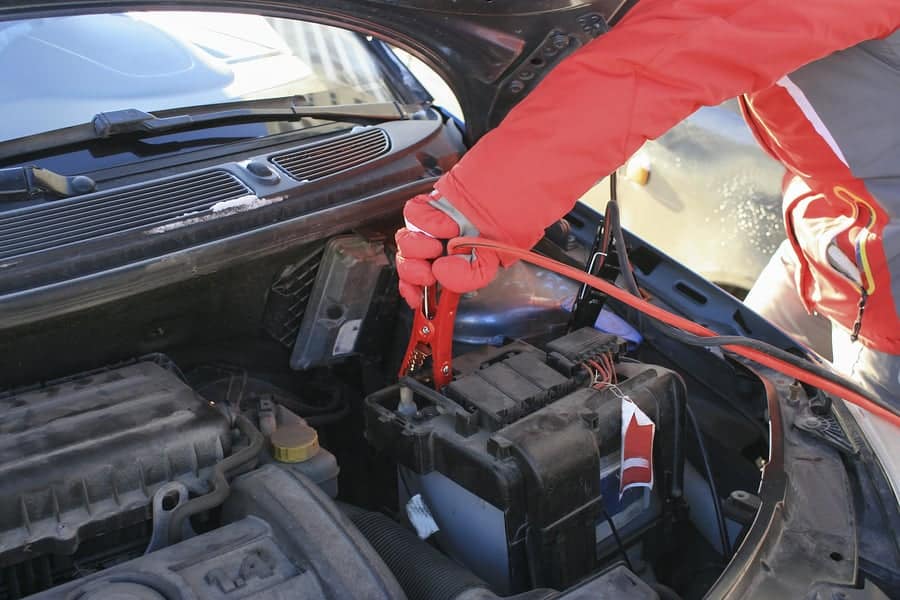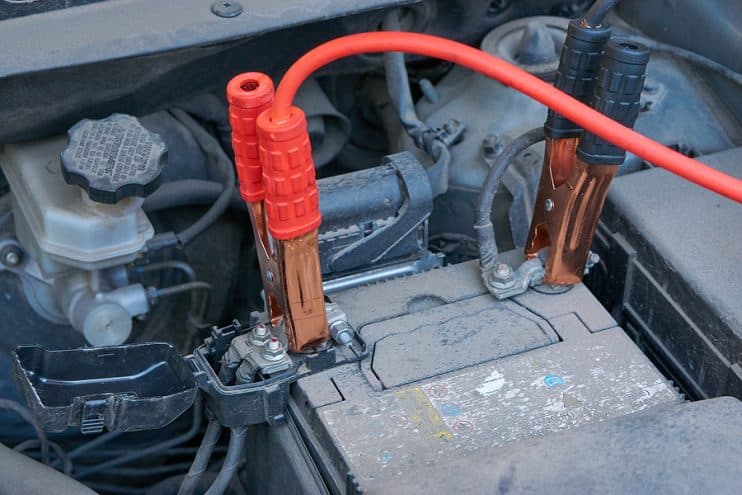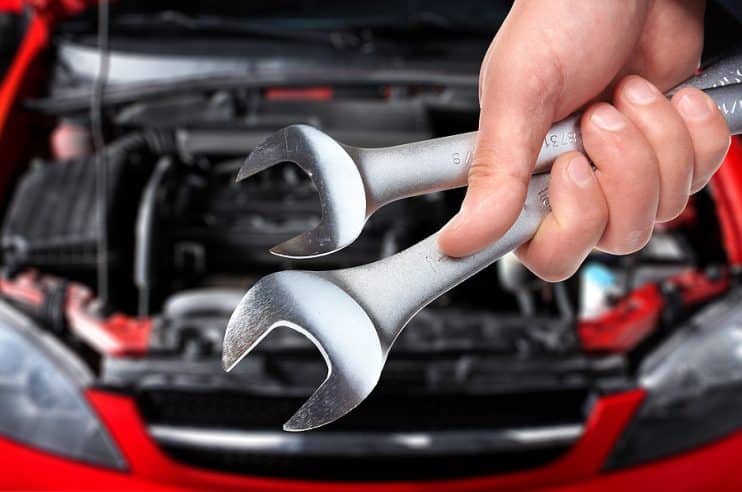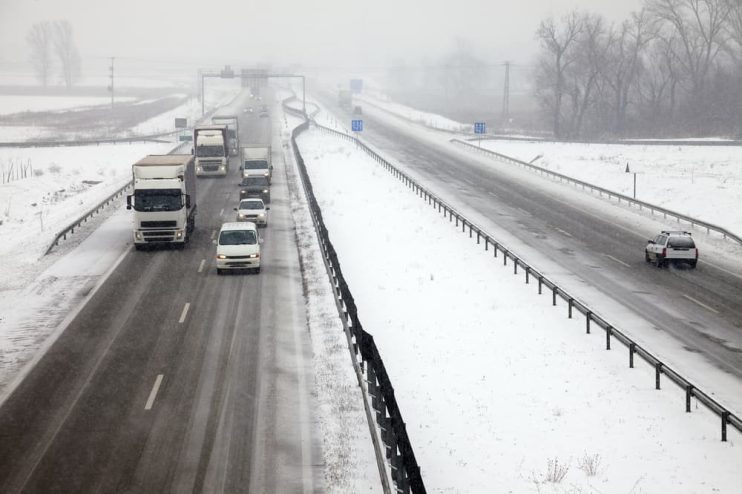
In winter everything seems to slow down. From the pace of work to your desire to get down the gym and lose weight. This sluggishness can also impact your car’s ability to get started.
Engines and vehicles require a reasonable degree of heat for good functioning and frost and coldness are often major obstacles in generating the energy your vehicle needs to get out of the blocks. If you’re having trouble and suffering starting issues the advice in this article will help you get up and get moving for some winter driving.
Table of contents:
Putting on a charge
No one likes getting up in cold weather. And your car is most certainly no different from the rest of us. Batteries are particularly prone to the cold and if your car won’t start on a frosty morning then the number one culprit is likely to be the battery. Follow these tips to ensure an easy start in the morning:
- Consult the owner’s manual – make sure you are fully aware of the needs of your car in the cold. Check in your owner’s manual for specific instructions, and if you don’t have the manual you can possibly find one online.
- Turn electrics off – when you park the car to ensure that your battery doesn’t suffer from excessive drain, and then when you’re starting your vehicle in the morning wait till you start the vehicle before engaging any electrics. You’ll need to give all the available power in the battery to starting the car.
- Turn the key for up to 10 seconds – get the engine to turn over. It’s important to realise that the car simply won’t start immediately in the cold and will need to turn over a few times to get moving. Too much however and you could damage the engine.
- Wait for at least 90 – 120 seconds before trying again – give the car and the battery time to recover from the previous attempt to start before you try again. This will also allow the battery to heat up and could help eek out that vital extra spark to get the engine started.
- Ease the accelerator – In some cases easing a tiny amount of gas into the car with the accelerator could help you get moving, but only in older cars with carburettors and not more modern fuel injection systems.
- Try starter spray – again if you have an older car with a carburettor then spraying a small amount of starter into the air cleaner could help the engine turn over. However, it’s not great having to rely on this to get your vehicle moving.
- Warm the battery – if your vehicle is turning over slowly then you may need to warm up the battery. Disconnect it and remove from your vehicle before taking indoors into a warmer environment then reconnect, check connections and attempt to start your car.

Jump the queue
If all your attempts to get your vehicle started are unsuccessful the next stage is getting a friend or neighbour with a car to give you a jump start. This is a simple process, but will require a pair of jump-leads, which are available at most vehicle shops.
Before you attempt a jump start, check in the owner’s manual of both cars as the process could damage the electrics in either vehicle.
- Before you start – check that you have everything you need for the jump start including eye protection and good quality jump leads.
- Park cars close together – you’ll need to put your cars next to one another with the engine compartments adjacent to one another. This will ensure that the leads will reach the required distance.
- Start the donor vehicle – this will allow you to syphon off charge from the active cars battery to boost the dead car’s battery.
- Connect the cable between the batteries – using the simple memory tag red to dead, red to alive, connect the batteries. Connect the red cable to the positive terminal on the dead battery then to the positive terminal on the live battery. Next attach the black cable to the live battery and the other end to the engine casing or some neutral metal in the donor car to prevent a short circuit.
- Check connections – are firmly in place and that they are located as stated in the instructions above. It’s worth getting this right as improper placement could lead to a short circuit or potential damage to your battery.
- Start dead car – whilst the donor car is running simply start the ignition for the dead vehicle after you’ve allowed for a couple of minutes time to get charge into the battery. The extra boost from the battery should provide the energy needed to get the dead vehicle to start.
- Disconnect cables and keep car running – once the dead car is up and running it is time to disconnect all the cables and you should be free to drive the vehicle away under its own power.
- Run your vehicle – for at least 20 minutes or drive for over 10 miles to recharge your battery from the alternator and get enough power to restart in the future.

Prevention is the best option
It’s always a good choice to do everything possible to prevent difficulties when trying to start your car. There are many methods of ensuring that you give your vehicle the best chance of getting up and moving. These are:
- Maintain your battery properly – if your battery is older than 3 years then you should get it tested.
- Keep your car warm – as we mentioned earlier in this article, it is easier to start your vehicle if it has been kept warm. Put your vehicle into a garage at night and on particularly cold nights you could even take the battery out and wrap it up. Don’t have these options? Simply leave the car under a tree for some protection.
- Install a block heater – this handy device needs be put into your vehicle by a qualified mechanic and serves to ensure that your car’s moving parts and oil are warmed before you attempt the starting process, putting less stress on the engine.
- Use the right oil – a lightweight, thinner winter oil may help your car get moving. Check your owner’s manual to see what kinds of different oil will function adequately in your vehicle.
- Avoid fuel issues – keeping your fuel tank full in winter will aid the starting process. It can also pay to put some attention towards your fuel, putting in some petrol line antifreeze to prevent damage to the fuel links in your car, which could have hazardous effects.
The key to starting your car in cold weather is to always be prepared for all eventualities and to ensure that your car is in good working order. The battery is the essential part of the vehicle that needs your attention to give your vehicle that get up and go in even the coldest morning, so don’t be afraid to keep checking up on its condition.




.png)